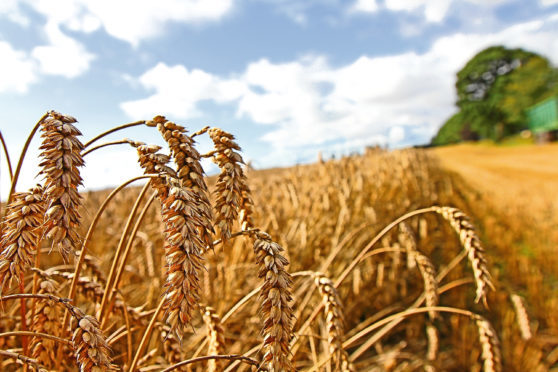UK and European wheat and barley crops could be under threat from stem rust, warn scientists.
The crop pathogen was found in a single wheat plant in Suffolk in 2013, and since then researchers at the John Innes Centre in Norwich have carried out tests to identify the strain.
It was found to belong to the Digalu race of the fungus which was responsible for a devastating outburst of stem rust in Ethiopia in 2013, and smaller outbreaks in Sweden, Denmark and Germany that year too.
Further work carried out by plant science organisation NIAB in Cambridge found that more than 80% of UK wheat varieties tested are susceptible to this strain, indicating that if the strain was to become established in the UK, a large proportion of the country’s wheat crop could be at risk.
Scientists are now warning that wheat and barley crops could be under threat from a perfect storm of conditions favourable to stem rust resurgence.
The plant disease had not been found in the UK for more than 60 years before the 2013 finding. It has been associated with crop failure and famine.
Dr Daniel Bebber from Exeter University said: “Changes in climatic conditions over the past 25 years suggest increasingly conducive conditions for fungal pathogen growth and infection.
“In addition to the lack of resistance in European wheat varieties, in recent years the alternate host of the pathogen, Barberry (Berberis vulgaris), has also been increasing in popularity.
“This hedgerow shrub plays a key role in the life cycle of several rust pathogens including wheat stem rust.”
He said although Barberry had fallen out of fashion with farmers in the past after they discovered its link to stem rust, efforts were currently under way to plant new shrubs of the plant in a bid to conserve the endangered Barberry Carpet moth.
Researchers now plan to conduct a larger study into the issue, by mapping and sampling Barberry in the UK.
Dr Diane Saunders from the John Innes Centre said: “Replanting Barberry in woodlands, gardens and areas away from arable land would ensure we provide vital habitat for the endangered Barberry Carpet moth, whilst limiting its potential impact on enhancing rust pathogen diversity.”
